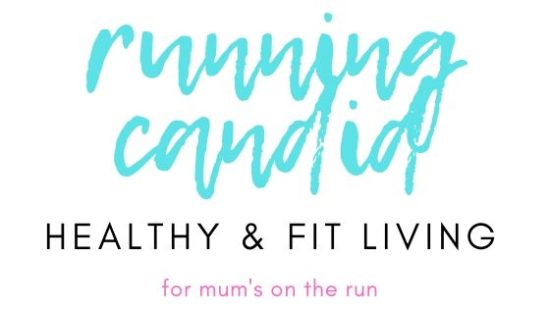I always have a problem with choosing running shoes. Instead of thinking about the benefits it will offer my feet I focus on the aesthetics. Color is important. I can’t stand white shoes. The problem is that most women’s running shoes have a lot of white on them. White shoes get dirty quickly and it’s not like you can throw your runners into the washing machine and than on spin dry.
Men’s shoes on the other hand come in all sorts of colors and designs. There’s definitely a wider choice which bothers me quite a bit. The other day I was almost prepared to purchase a pair of men’s runners, fortunately the sales assistant advised me against it. Men’s shoes are designed for the male foot and female’s for the female. Females have a much narrower foot than males which makes their shoes unsuitable for women.
So how did I go about finding my ideal running shoe that would give me the proper support, be comfortable to run in and be of the right color and design? Well, it did take a while but I did learn a few things in the process.
1 – Before purchasing running shoes it is important to have your feet measured and tested to see whether your foot over-pronates, under-pronates or has neutral pronation. A good sporting store will usually offer to perform this test so that you can find the most suitable shoes for you. For over-pronation you will need ‘motion-control running shoes’, under-pronation requires ‘cushioned running shoes’ and if you’re a neutral pronator than stick to ‘stability running shoes’.
2 – Runners should purchase shoes that are about 1 size larger than their every day shoes. If you normally wear a 39, than your runners should be a 40. If you wear a 46 than you’ll run in a size 47. Make sure that there is about 0.5cm of space between your large toe and the front of the shoe. This will make running more comfortable and reduce the risk of blisters as it allows your feet to move naturally as you run. Try the shoes on with socks that you would normally run in to get a better indication and go in the afternoon as your feet are likely to swell over the course of the day.
3 – If you mix terrain running with the treadmill or pavement than your feet will benefit from two pairs of shoes. One pair that is specifically designed for trails and rough areas, and another pair that is made specially for the pavement or treadmill. Having two pairs of shoes for different surfaces will help keep your shoes in good condition for longer and prevent against injuries.
4 – Change your running shoes every 600-800km to ensure proper support for your feet and back. After this distance many running shoes lose their support. Buy a new pair of shoes after about 500km and run in them every few days to make them more comfortable and avoid blisters before getting rid of your old pair.
How do you find your ideal running shoe?

